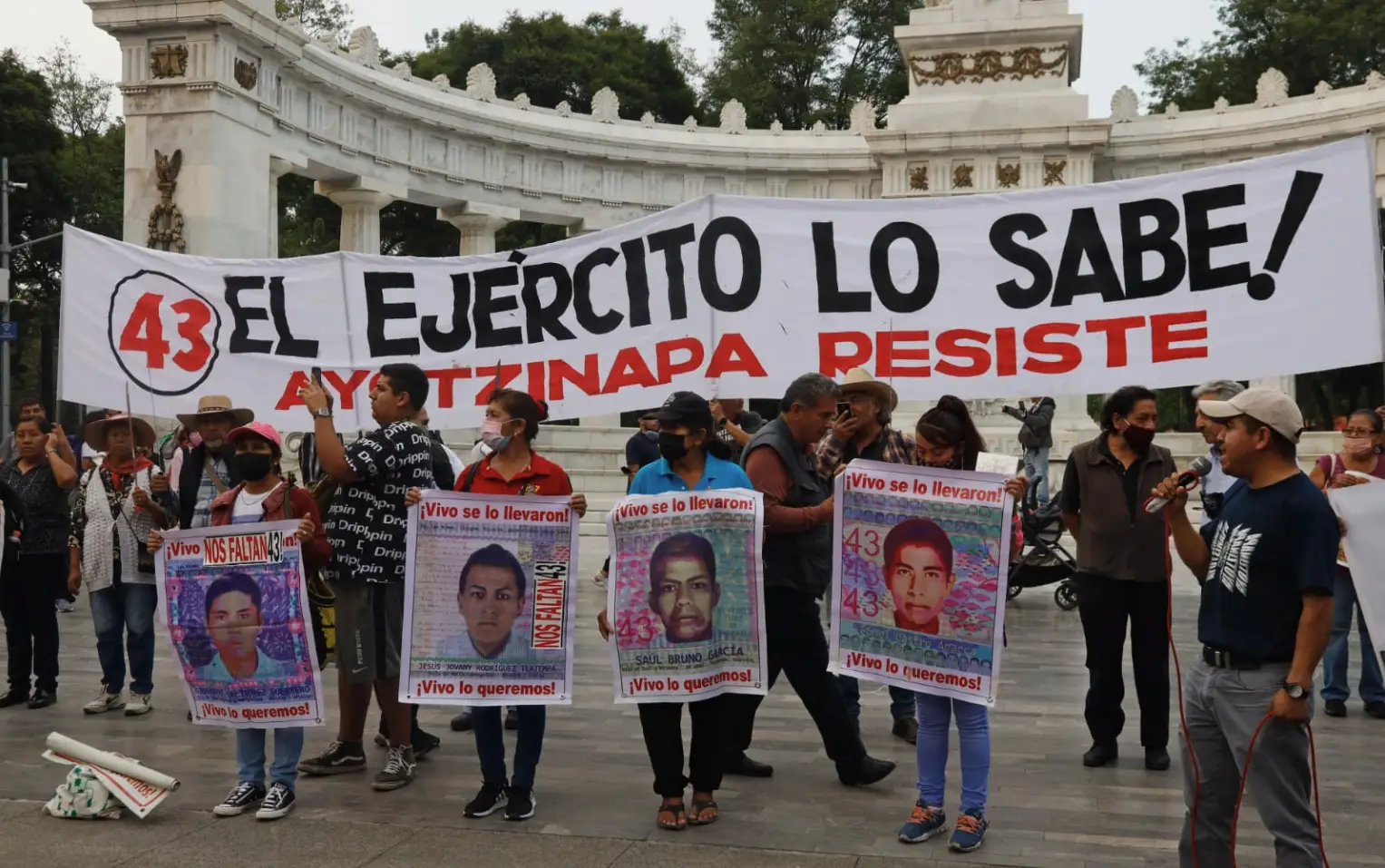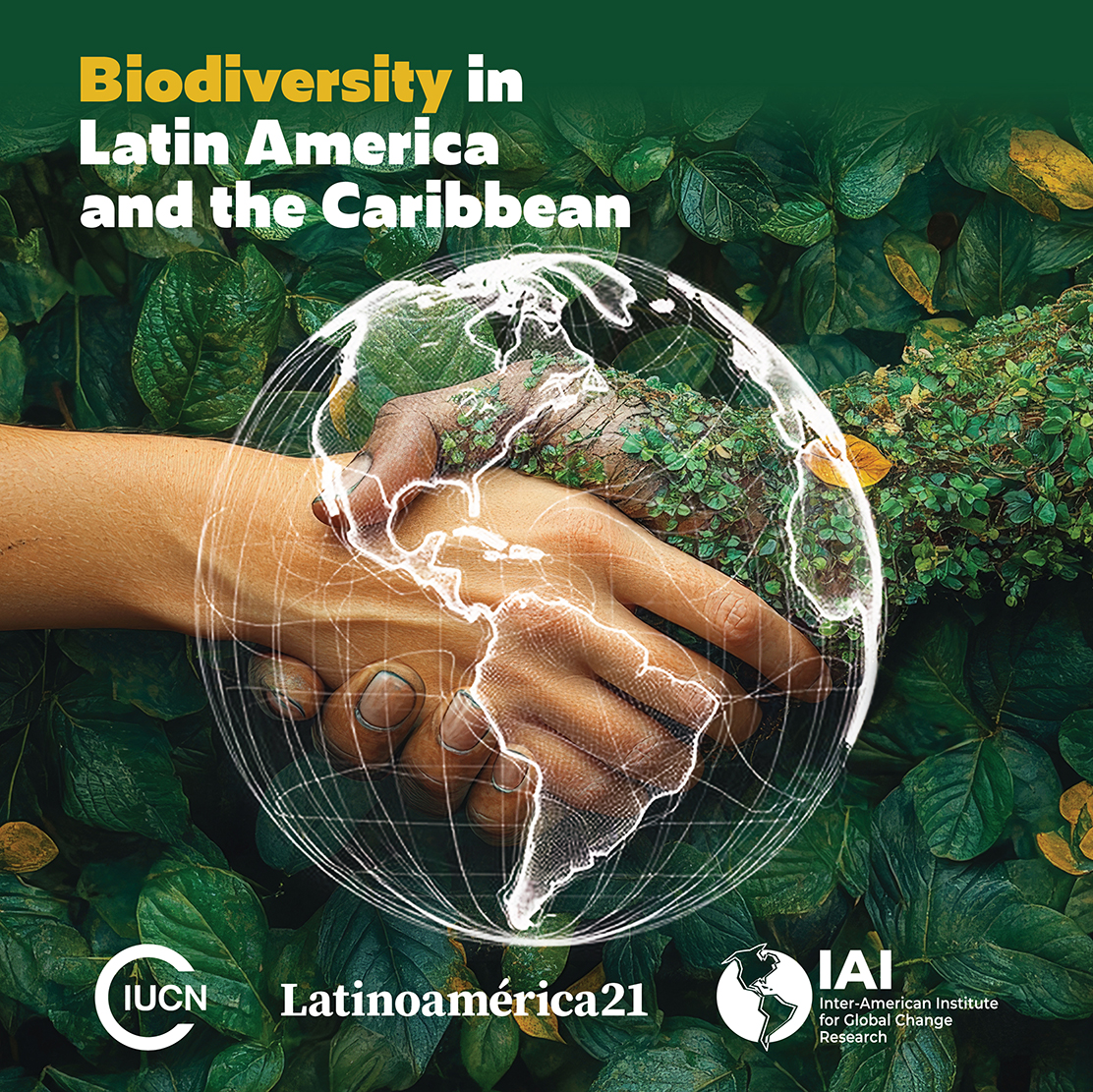Recently, much of the discussion about the disappearances of people in Mexico has revolved around the activation—by the United Nations Committee on Enforced Disappearances—of the mechanism intended to address the widespread situation of disappearances in the country. The debates have essentially focused on whether the Committee was correct in invoking this mechanism, and on the stance taken by the President and her Government, as well as the President of the National Human Rights Commission, who have rejected the notion that there is a widespread situation of enforced disappearances in Mexico.
This discussion may seem complex and only of interest to lawyers and other figures in the diplomatic world. But the truth is that it is an essential debate, though not necessarily for the reasons most analysts have mentioned. There are two issues that could contribute to the public debate, and that all of us who are committed to resolving the tragedy of disappearances must take on with responsibility.
To consider, as the Committee on Enforced Disappearances does, that there may be a widespread practice of disappearances in Mexico would mean we are facing crimes against humanity. Regardless of what the UN General Assembly might say about the Committee’s preliminary determination (something we are not very optimistic about), the indirect effect is that the jurisdiction of the International Criminal Court could be invoked. This would be the case if we consider that the Committee is implicitly arguing that there may be a widespread attack against the civilian population, along with an inability or unwillingness on the part of the Government to investigate and punish such disappearances. Under this hypothesis, both officials who participated in, permitted, or covered up the disappearances and members of organized crime could be tried by the International Criminal Court. A possible, though difficult, scenario that would take years—if not decades—to materialize.
But there is something much deeper in recognizing that we are facing crimes against humanity. The very definition reminds us that what is at stake is humanity itself: the humanity of those who have disappeared, of their loved ones, of Mexican society, and ultimately, of the global community. It is this “widespread” dimension that affects “humanity” as a whole.
Enforced disappearance is a technique of terror that destroys the very humanity of the disappeared person and of their loved ones. The identity of the disappeared is erased, whether they are still alive or have been murdered. Their bodies are eliminated, cremated, or buried in nameless mass graves. The perversity of statistics—which reflect the scale of the tragedy, with more than 125,000 disappeared persons—is that they also make the individuality of each person vanish. It is the terror experienced by the disappeared, by each of those 125,000 people, completely isolated, unable to seek justice or police protection, uncertain whether they will live, be tortured, or be killed.
The idea of “widespread” makes us forget that those who disappeared are fathers, mothers, sons, daughters, husbands, wives, coworkers, students—people who had dreams, hopes, who suffered and enjoyed life like all of us. It is this humanity, each one in their individuality, that we have lost.
The victims of disappearances are not only those who vanish, but also their loved ones, who suffer through the disappearance, the anguish of not knowing whether they are alive or dead, the disdain and indifference of the Government that offers no support or answers, and the harassment and intimidation from perpetrators who seek to ensure their impunity.
If the Committee on Enforced Disappearances is correct in its assertion that there may be a widespread situation of enforced disappearance, we must responsibly accept that it could also be implicitly accusing me, the United Nations, its Working Group and the Committee itself, the Inter-American Commission and Court of Human Rights, and the well-known GIEI. Let me explain.
In 2011, I was part of the delegation from the UN Working Group on Enforced or Involuntary Disappearances that visited Mexico. During that visit, we observed many of the problems that still persist today. The Government, in 2011, was very upset when we stated that there had been 3,000 disappearances since 2006. We responded—something that remains entirely applicable today—that the central problem was the Government’s refusal, then and now, to recognize the seriousness or the scale of the issue, which prevents the adoption of effective public policies. Since that visit, through the mandate of the Working Group, we did everything we could: we published reports, followed up, got involved in the debate over the General Law on Disappearances, met with families, and drafted press releases.
That visit triggered the activation of the entire human rights machinery, especially after the disappearance of the 43 students from Ayotzinapa. The Committee applied its urgent actions mechanism, published its conclusions on the report submitted by the Government, visited Mexico (the first country in the world to be visited), and issued observations, among many other activities. The Inter-American Commission on Human Rights (IACHR) also visited Mexico, processed cases, issued precautionary measures, and held hearings. And most importantly, it created the GIEI—a unique mechanism that remained permanently in the country and published devastating reports. The Inter-American Court of Human Rights ruled on major cases of enforced disappearance, both from the so-called Dirty War and from disappearances stemming from the so-called war on drugs and organized crime.
But in the end, reality tells us that despite all these efforts, the numbers rose from the 3,000 we mentioned in 2011 to over 125,000 today. The harsh truth is that the international human rights mechanisms have failed. By this, I do not mean that the Working Group, the Committee, the Commission, the Court, or the GIEI are responsible for the disappearances. On the contrary—they acted (we acted) with determination and courage, with creativity, with sensitivity toward the victims, with resolve and commitment. And thanks to these bodies, there have been advances that deserve recognition. But all of this did not manage to stop the disappearances, find thousands of missing persons, break the cycle of impunity, or ensure full reparation. Of course, that was not our duty—those responsibilities fall on the State. And for my inability to do more, to be more creative, to achieve better results despite my efforts, I ask for forgiveness.
Obviously, responsibility lies first and foremost with those who carry out the disappearances. Secondly, with those who cooperate with, tolerate, or support the disappearances. Thirdly, with those who have the ability and means to prevent them but fail to do so. Fourthly, with those who are supposed to search for the disappeared and fail. Fifthly, with those who must investigate, prosecute, and punish disappearances but instead ensure impunity. And finally, with those who should support, compensate, and accompany the families and respond instead with indifference and insensitivity.
None of these six crucial failures are the responsibility of the international human rights mechanisms. On the contrary, each and every one of these mechanisms has analyzed and criticized the failures in each of these six areas. We have made hundreds of recommendations to the Government. But I repeat—unfortunately, we have not succeeded in stopping the disappearances.
That does not mean that we have achieved nothing of importance. We have given voice and hope to the families. We have forced the Government to respond when it did not want to. We have pushed and supported civil society in fundamental struggles, such as the adoption of the General Law or the creation of the National Search Commission. We have informed the international community about the serious problems Mexico is facing. And we have created a historical record that documents what the Government did and did not do—one that will serve for the trials that history will hold.
The human rights movement and Mexican society must also examine themselves. Not to self-flagellate, but to re-energize with strategies that yield more and better results. More of the same is not enough.
The only option left to us now is to continue working with humility and determination. But above all, we must recover the humanity of the disappeared and of their families. We must understand that in the phrase “human rights,” both words are equally important: rights, and human. We must consider that in the face of crimes against humanity, we must respond with more humanity. And we must remember that Article 1 of the Universal Declaration of Human Rights states that “all human beings are born free and equal in dignity and rights.”
There lies the answer for our disappeared: freedom, equality, dignity, and rights. And the only way to be coherent is to say to them: PRESENT!
*Machine translation proofread by Janaína da Silva.












